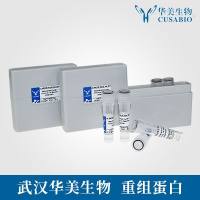Interactions of Lipid-Oligonucleotide Conjugates with Low-Density Lipoprotein
互联网
571
The ability of antisense oligonucleotides to interdict, sequence-specifically, the expression of pathogenic genes affords an exciting new strategy for therapeutic intervention (1 –3 ). Oligonucleotides with physiological phosphodiester internucleotide bonds are rapidly degraded, predominantly by exonucleases. Numerous oligonucleotide analogs have therefore been synthesized to confer resistance toward nuclease activity (3 ). The phosphorothioate analog is the most extensively studied, and phosphorothioate oligodeoxynucleotides have been shown to be potent inhibitors of the expression of their target genes in vitro and in vivo (1 ,3 ). However, phosphorothioate oligodeoxynucleotides also bind avidly and nonspecifically to proteins, thus provoking a variety of non-antisense effects (4 ). Oligonucleotide analogs that do not bind to proteins are therefore expected to display less nonantisense side effects. However, protein binding also affects the in vivo disposition of oligonucleotides. Nonphosphorothioate oligonucelotide analogs generally do not bind to serum proteins, and are therefore rapidly cleared from the circulation, protein-bound phosphorothioate oligodeoxynucelotides circulate much longer (5 ,6 ).









